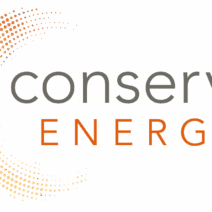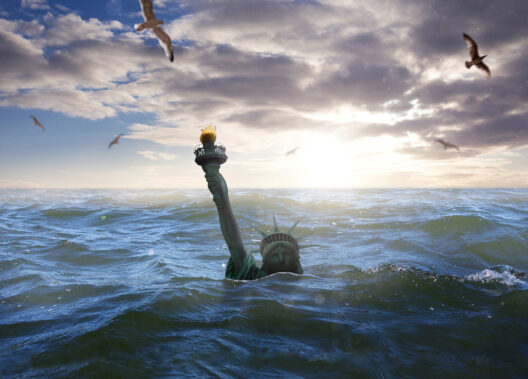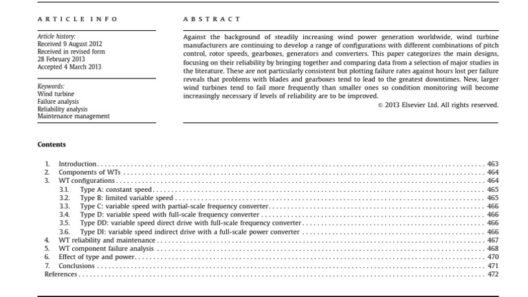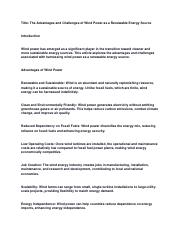Wind energy has garnered immense attention as a renewable source of power, primarily due to its potential to mitigate climate change and reduce our dependency on fossil fuels. However, like any energy source, it comes with its own advantages and disadvantages. This comprehensive overview aims to elucidate the myriad pros and cons of wind power to provide a well-rounded understanding of its role in our energy landscape.
Wind energy’s rise in popularity is attributed to its promise of sustainability, environmental friendliness, and economic viability. Nevertheless, exploring both sides of the equation is vital for informed decision-making regarding its adoption and implementation.
Advantages of Wind Energy
Wind energy presents several compelling benefits that position it as a pivotal component of the transition towards renewable energy sources.
Environmental Benefits: A Breath of Fresh Air
One of the most significant advantages of wind energy lies in its environmental impact. Wind turbines produce electricity without emitting carbon dioxide (CO2) or other greenhouse gases during operation. This starkly contrasts with fossil fuel power plants, which release substantial amounts of harmful emissions into the atmosphere. By harnessing wind power, we can drastically reduce our carbon footprints and contribute to the global effort to combat climate change.
Moreover, wind energy helps mitigate pollution. Unlike conventional energy sources, wind turbines do not produce air pollutants that contribute to smog and respiratory issues. Thus, utilizing wind power can lead to improved air quality, benefitting public health on multiple levels.
A Renewable Resource: Harnessing Nature’s Forces
Wind is an inexhaustible resource. As long as the sun shines and the Earth’s atmosphere exists, wind will be generated. This endless supply offers a significant advantage over finite resources like coal, oil, and natural gas, which will eventually deplete. Furthermore, transitioning to wind energy can enhance energy security, reducing vulnerability to geopolitical tensions and market fluctuations associated with fossil fuels.
Economic Advantages: Jobs and Investments
The wind energy sector has the potential to be a catalyst for economic growth. As investments in renewable energy technologies surge, so do job opportunities. Manufacturing, installation, maintenance, and operation of wind turbines require skilled labor, promoting local job creation. The industry is not only beneficial for those directly involved but also supports ancillary sectors, leading to broader economic development.
Additionally, wind energy projects can stimulate local economies. Landowners can benefit financially from leasing land for wind farms, while local governments can reap significant tax revenues from these projects. This influx of capital can be reinvested into community services, infrastructure, and other vital areas.
Disadvantages of Wind Energy
While the advantages of wind energy are considerable, the disadvantages cannot be overlooked. Understanding these challenges is crucial to fostering an informed perspective on wind power.
Intermittency and Reliability: The Wind Doesn’t Always Blow
A primary concern with wind energy is its reliance on wind as a natural resource. Wind is inherently variable, leading to unpredictability in energy generation. This intermittency can pose challenges for grid stability and energy reliability. When demand peaks during calm weather, there may be a shortfall in electricity production, necessitating backup energy sources, often from fossil fuels.
Consequently, proper energy management systems and integrated solutions are essential for addressing this intermittency. While advancements in battery technology and grid management are promising, they have yet to fully resolve the inherent limitations of wind energy as a primary power source.
Impact on Wildlife: The Cost of Progress
Wind turbines can have detrimental effects on local wildlife, particularly birds and bats. The rotating blades of turbines sometimes pose a collision risk for flying animals, leading to injury or mortality. While ongoing research aims to mitigate these effects through better siting and turbine design, such concerns remain a contentious topic in wind energy discussions.
Moreover, the installation of wind farms may disrupt local ecosystems and habitats. Careful planning and environmental assessments are crucial to balance the benefits of wind energy with potential ecological impacts.
Visual and Noise Pollution: The Aesthetic Debate
Wind turbines, particularly in expansive farms, can significantly alter landscapes, leading to aesthetic concerns among nearby communities. Some individuals argue that wind farms detract from natural beauty and cultural heritage sites. Additionally, the operational noise produced by turbines can be perceived as a nuisance by nearby residents, prompting concerns about their quality of life.
As society increasingly places value on preserving natural vistas, addressing these visual and noise pollution challenges becomes imperative for fostering public acceptance of wind energy projects.
Conclusion: Navigating the Wind Energy Landscape
Wind energy offers a plethora of advantages, including substantial environmental benefits, economic opportunities, and a renewable source of power. However, the challenges of intermittency, wildlife impacts, and aesthetic concerns must be navigated carefully. By approaching the deployment of wind energy with a keen awareness of its advantages and disadvantages, stakeholders can better understand its role in the broader context of sustainable energy solutions. In the quest for a cleaner, more sustainable future, wind energy undoubtedly holds promise, but it is essential to balance its potential with the responsibility of stewardship for our planet.






